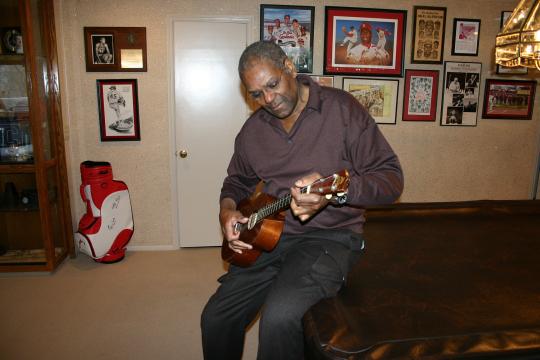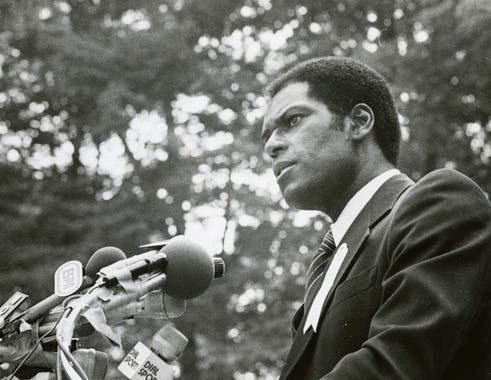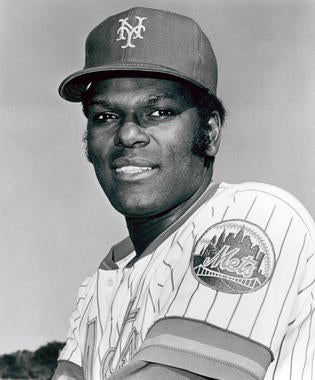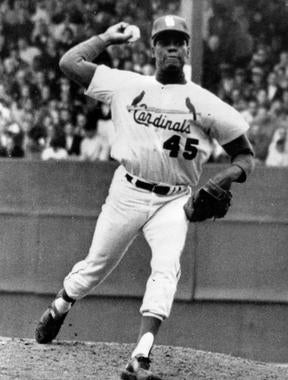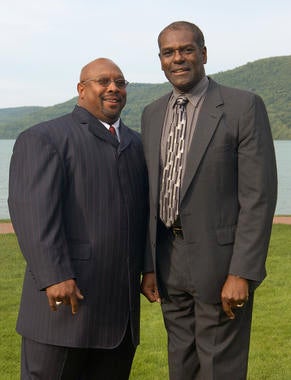Bob Gibson remembered as one of baseball's ultimate competitors
Bob Gibson induced fear during his 17 big league seasons, but not with his blazing fastball or determined glare or incredible stamina. Gibson intimidated with sheer determination, instilling in opponents the belief that he simply would not allow himself to fail.
It was a skill that made Gibson one of the most successful and respected pitchers in baseball history.
Gibson passed away on Friday, Oct. 2, at the age of 84. A nine-time All-Star, Gibson was at his best when it mattered most – going 7-2 with eight complete games over nine starts in three World Series – two of which his St. Louis Cardinals won.
Gibson played his entire big league career in St. Louis and finished with 3,117 strikeouts – becoming only the second pitcher to reach the 3,000-strikeout milestone. He was the definition of intimidation, competitiveness and dignity on and off the field, earning the respect of teammates like Torre – who later named Gibson his “attitude coach” when he managed the Mets. “There are players that play the game of baseball that attempt to live up to standards,” said Gibson’s former teammate Ron Fairly. “This man (Gibson) sets them.”
Craig Muder is the director of communications for the National Baseball Hall of Fame and Museum




